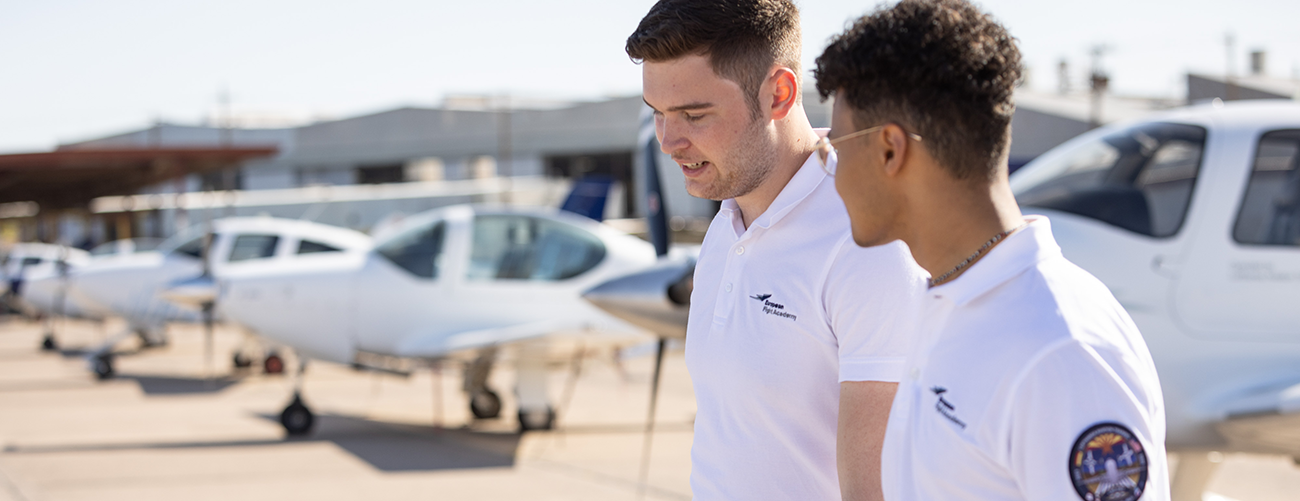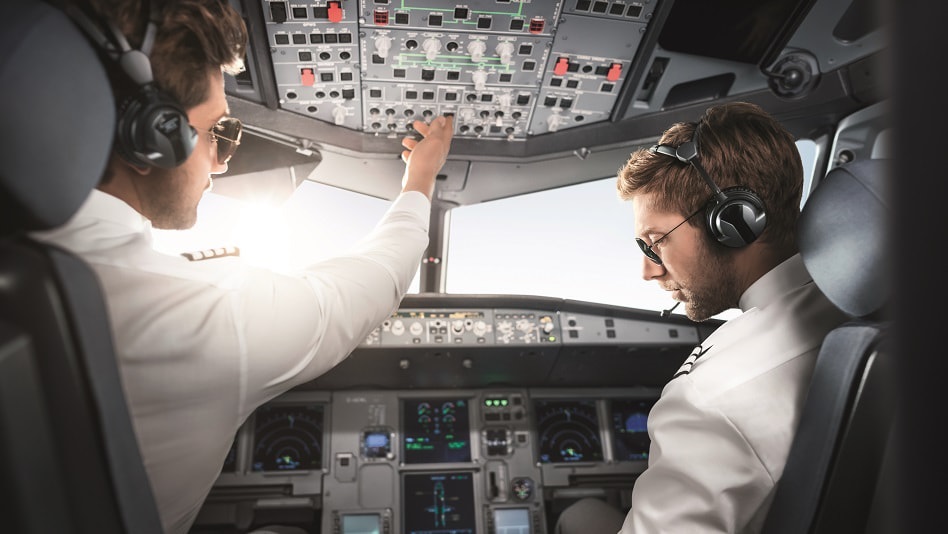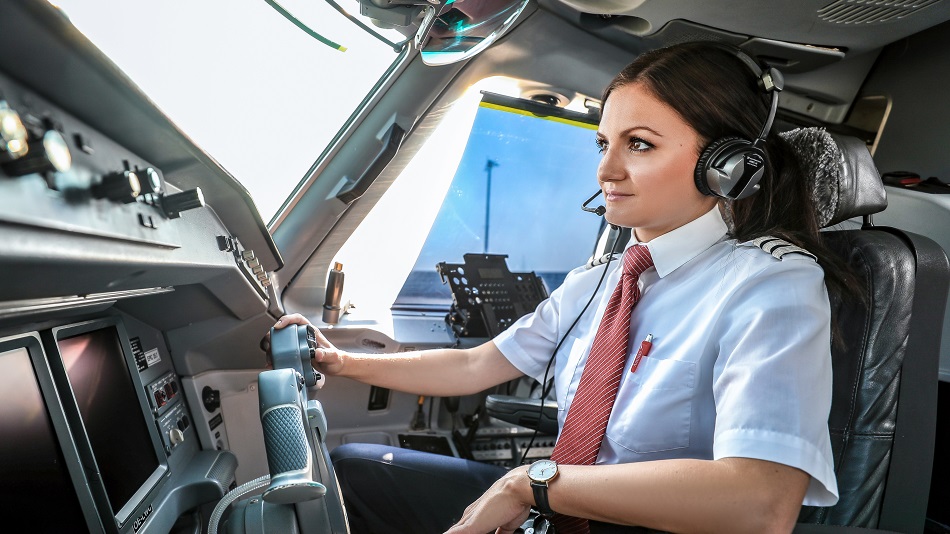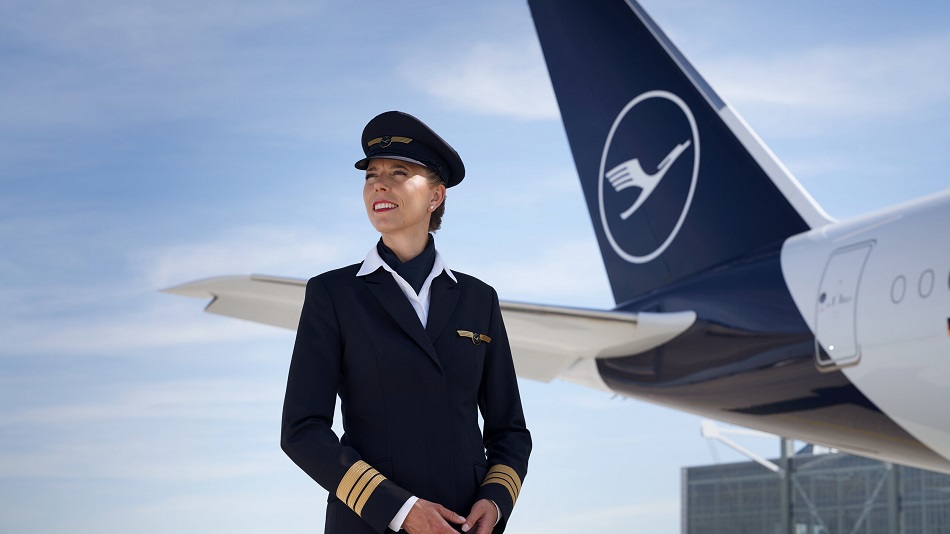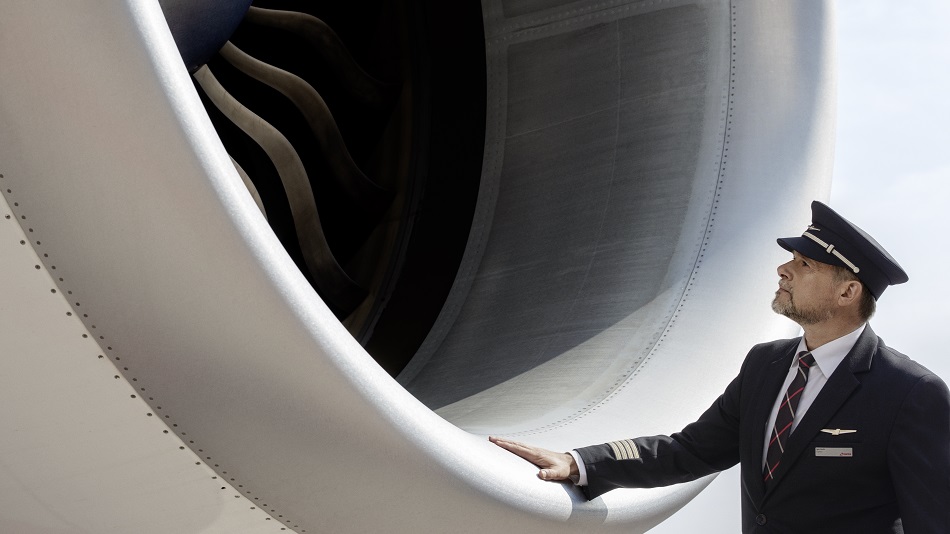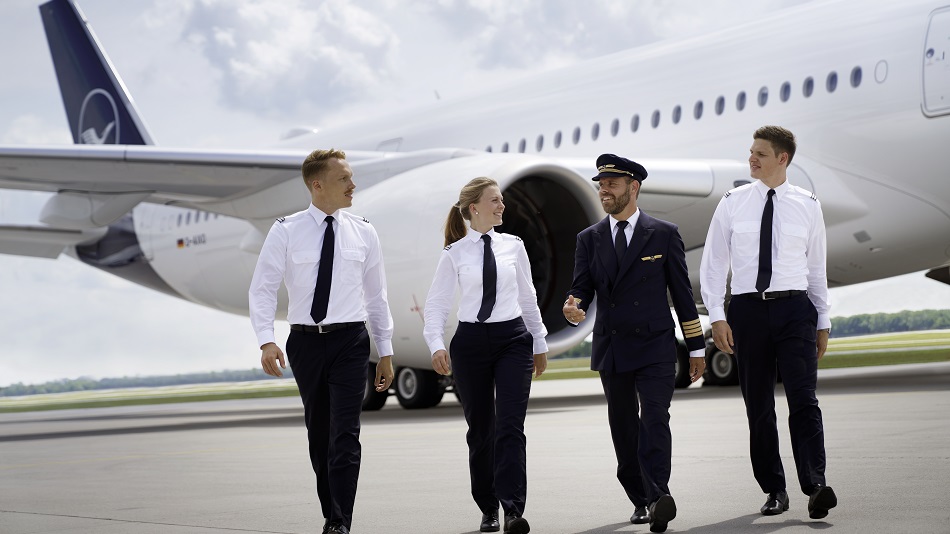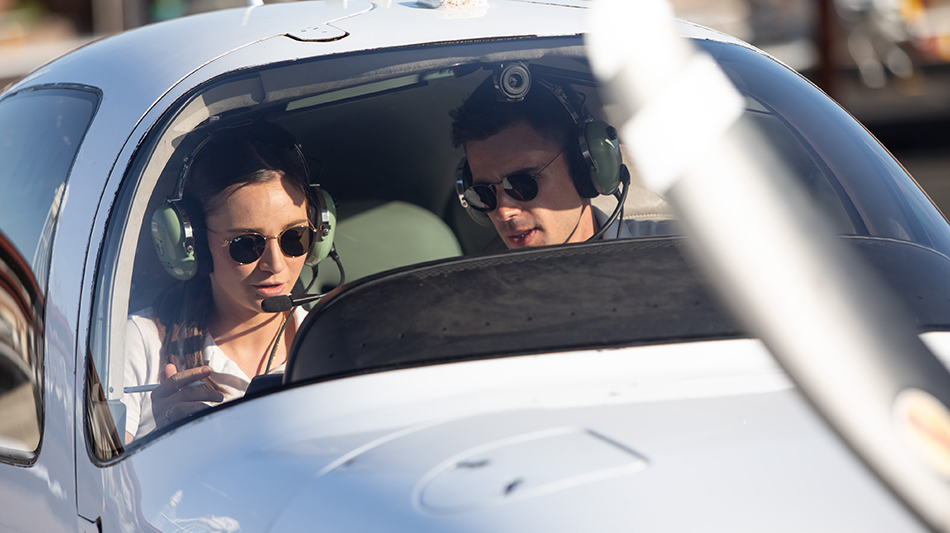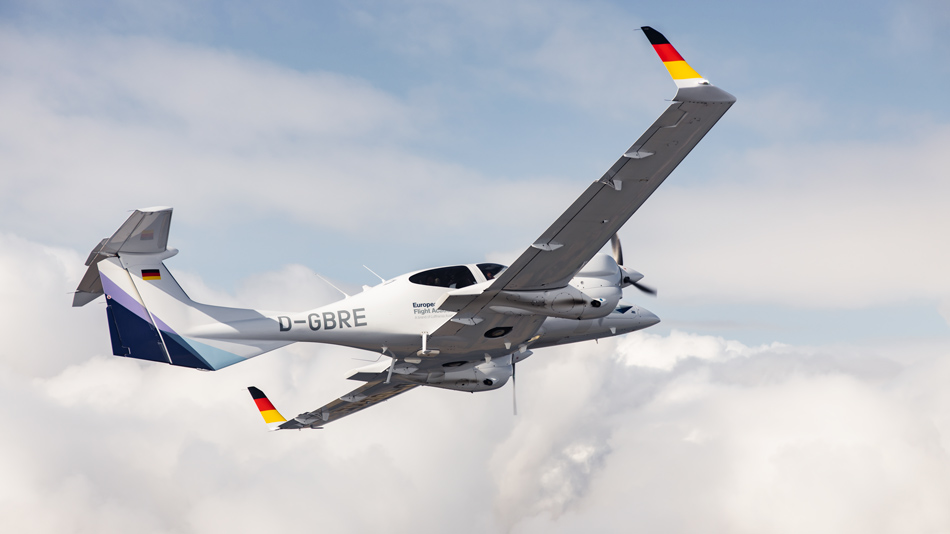Karrierestufen und Weiterbildung
Immer einen Schritt voraus
Pilot:innen lernen ihr Leben lang weiter. Das bedingt nicht nur der technische Fortschritt, sondern auch der Karriereweg. Das erste Type Rating (eine Berechtigung, die in eine Pilotenlizenz eingetragen oder mit ihr verbunden ist und einen Teil davon bildet und die Rechte oder Beschränkungen in Bezug auf ein bestimmtes Flugzeugmuster angibt) wird in der Regel für eine Kurz- und Mittelstreckenmaschine wie den Airbus A320 ausgestellt. Nach einigen Jahren erfolgt dann die Umschulung auf einen Wide-Body-Typ, mit dem der Einsatz auf der Langstrecke beginnt. Dieser Prozess hängt von der Fluggesellschaft ab, bei der du startest.
Zum Aktivieren des Videos müssen Sie auf den Link unten klicken. Wir möchten Sie darauf hinweisen, dass nach der Aktivierung Daten an den jeweiligen Anbieter übermittelt werden.

Please enter a valid video URL.
The URL can point to any videoasdasd file or a Youtube video.


